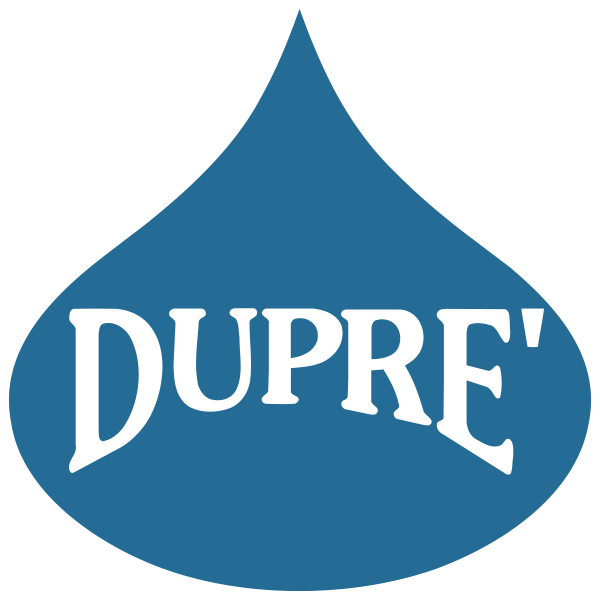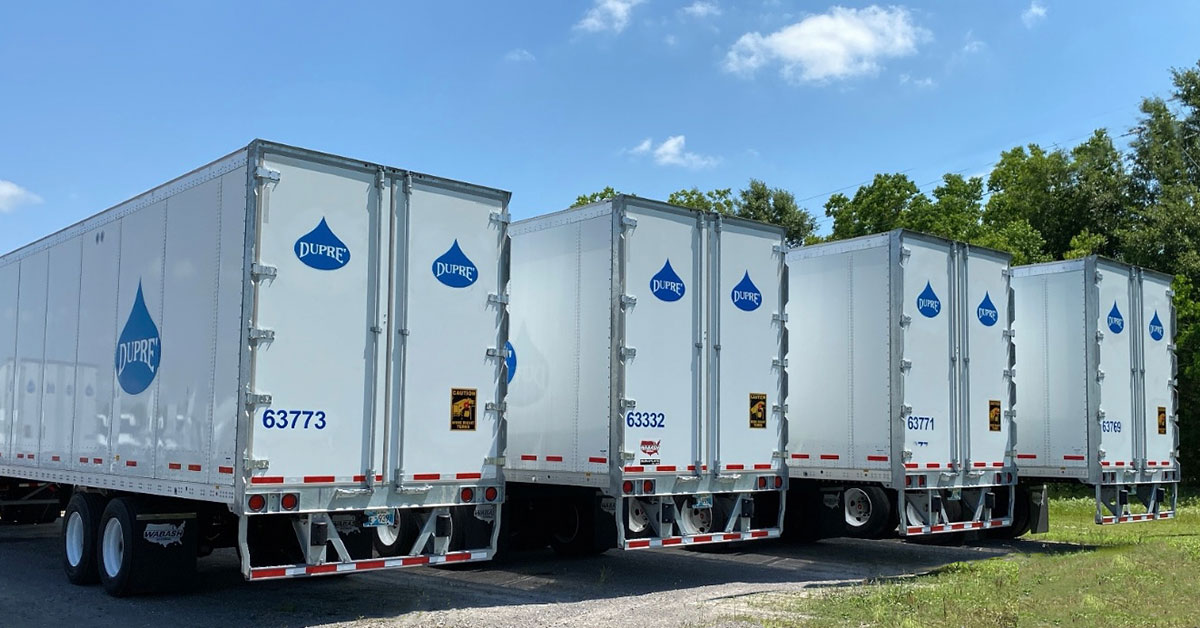Economic indicators are used to predict future trends in many industries, and they directly influence how and when businesses and consumers spend money. The logistics industry is no different.
Information about the economy can help predict increases or decreases in manufacturing, which influences the number of truckloads of products being moved. The health of the world economy influences imports and exports within the US and, in turn, affects what materials are hauled to ship overseas. This information can be vital to the future success of logistics businesses.
The economic outlook shared here is based on both near-term information and trends predicted in the next three to five years. At Dupré, we utilize trend reporting from ITR Economics, the oldest privately-held, continuously-operating economic research and consulting firm in the US. Through our more than 15-year relationship with this organization, we’ve learned to trust their recommendations and, in turn, share information with our customers based on ITR’s spot-on predictions.
Each month, ITR provides us with the most up-to-date economic trends information. We utilize their macroeconomic data to determine transportation and logistics capacity, pricing structure and drivers’ hiring rates, retention and wages. This information is combined with projections from our customers about their individual needs to determine the best logistics solutions.
Our usage of ITR’s reports has benefited our business and our customers, so it begs the question, “what is the current economic outlook and how can it provide our customers and other businesses with the information needed to make the best logistics decisions?”
Basic Economics and Industry Leading Indicators
First, a quick lesson in basic economics. Our analysis begins by looking at two different categories: the service industry (banking, restaurants, retail, etc.) and the industrial production industry (manufacturing, oil, gas, etc.) At the moment, personal consumption accounts for 70 percent of our gross domestic product (GDP) while business investment and government spending account for the remaining 30 percent of GDP.
ITR delivers detailed macroeconomic data to provide a picture of what the US economy looks like at the moment and what will most likely happen within the short-term (one to three years) and long-term (five to ten years). This analytical data helps in assessing logistics and supply chain needs as businesses make short and long-term decisions.
In the logistics business, we pay close attention to what ITR economic analysts state about the following four leading indicators:
US Total Capacity Utilization Rate
This leading metric is focused on the industrial economy and is equal to an output index divided by a capacity index. The Utilization Rate has a seven-month lead time when compared to the US Industrial Production. The indicator has been rising since reaching a low in April 2020. This indicates positive momentum in the US industrial economy at least into the second half of 2021.
ITR Leading Indicator™
This leading indicator comprises consumer, industrial, financial and global components, and it was designed by ITR Economics to measure economic activity approximately three quarters (nine months) in advance. A recent rise in the ITR Leading Indicator™ supports ITR’s forecast for expansion in the US industrial economy in 2021.
US Conference Board Leading Indicator
This indicator consists of 10 different components and leads US Industrial Production by eight months. As of early 2021, the indicator is in a cyclical rising trend and the persistent rise suggests that this trend will continue into late 2021.
US ISM Purchasing Manager’s Index
This indicator leads US Industrial Production by 12 months. As of early 2021, the general rise for this index’s rate of change suggests that the upcoming rise in US Industrial Production will persist through late 2021.
Based on this information, ITR predicts that the first half of 2021 will be characterized by recovery before growth accelerates in the later half of this year. Growth will likely persist into 2022 and 2023, although the pace of growth will slow throughout this time. It’s important to note that ITR does not expect a “full recovery” in US Industrial Production until mid-2022. At this point, there is no recession expected in 2021, 2022 or 2023.
The Impact on Logistics
These leading indicators can help predict changes that affect industrial production and the service industry with a high degree of certainty. As an expert in the logistics businesses, we take this valuable information and work with our customers to make the best logistics decisions based on their industry.
As an example, an area of stress for all trucking and logistics companies is the current driver shortage. Data suggests that this is not going to get any better. Many variables affect the driver shortage (regulations, the retirement of older drivers, etc.), and supply and demand also impact how many drivers are needed at certain times. According to the American Trucking Association (ATA), the second-largest factor contributing to the driver shortage will be industry growth, which can account for a third of new driver hires.
Based on the economic assessment above, while we are below the levels of a year ago right now, the economy is predicted to grow for the next three years. Economic growth means increases in industrial production, which increases the need for products to be moved and an upsurge in the need for drivers.
The businesses that we work with discuss these challenges daily. Questions that arise include: do they take on the responsibility and additional cost of securing a private fleet or drivers right now? Or, knowing that economic outlook may predict a downturn in the future, do they engineer a private fleet solution instead?
In this example, our goal is to determine the balance between the number of drivers and trucks needed. If we know that demand will increase based on the economic outlook, we can determine a strategy that enables additional hiring and equipment procurement as the need arises.
ITR Economics has provided clear data analysis, a long history of partnership and a level of confidence that enables us to provide an economic outlook for our customers that increases the likelihood of their success. By working closely with customers and discussing best practices based on economic data, we can provide effective supply chain management solutions that benefit our customers in the short and long term.
Dupré’s forward-thinking process demonstrates that we focus on providing our customers with data that directly relates to their unique business. Key performance indicators (KPIs) are discussed and macro and micro-level information is infused, as needed, to engineer a solution. Once a solution is determined, we execute it.
If you’re interested in discussing your logistics needs, we’d love to start a conversation.
For additional information and data, sign up for ITR Economics’ weekly email to receive free, exclusive economic insights and news delivered straight to your inbox.

